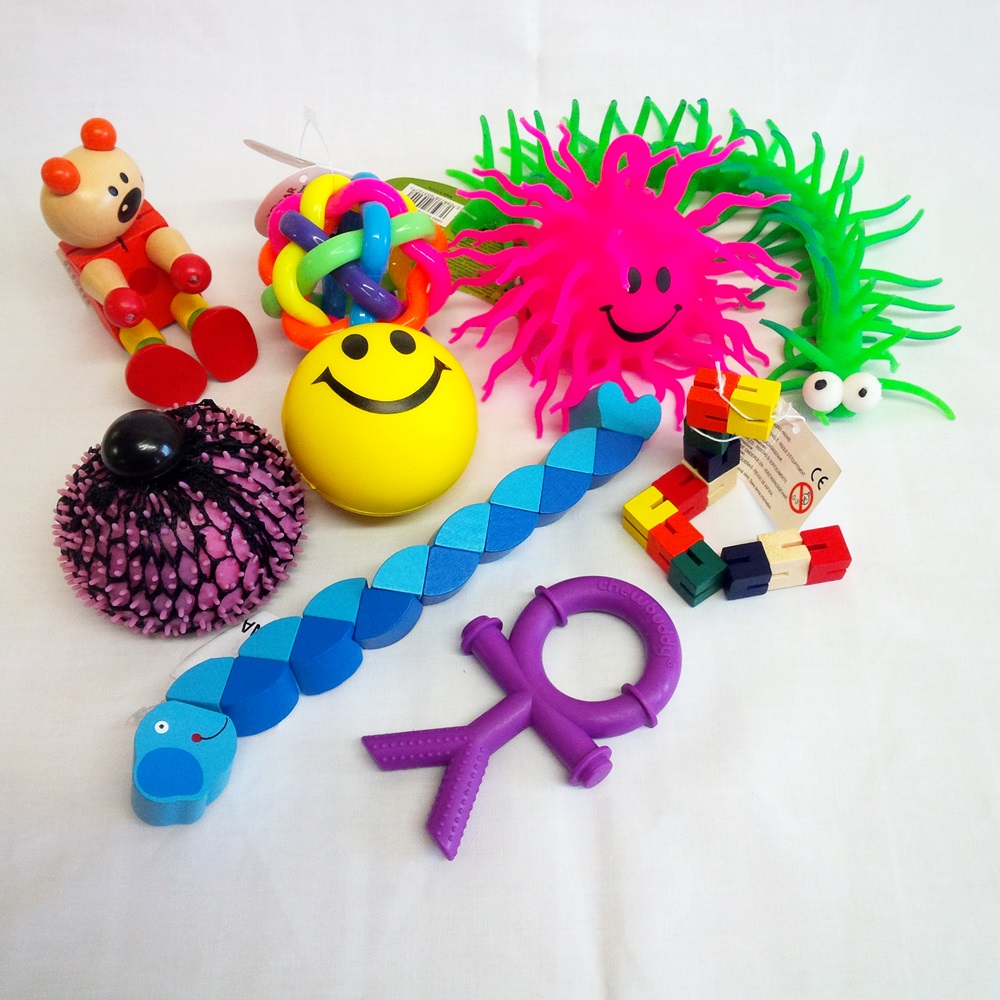Shy/Anxious, and Sensory-Avoidant Children and Overwhelming Social Scenarios
/Shy/Anxious/ Sensory kids getting overwhelmed in social settings
By Patience Domowski, LCSW
If you have a shy kid or a kid with sensory issues that is easily overwhelmed in large group settings it can be rough to attend a birthday party, or even a crowded grocery store. You probably find yourselves avoiding large concerts or parades and cringing when taking your child to church or other types of social events. Anxious kids struggle in large social settings and may shut down and refuse to speak, may cry, or even have a full meltdown. Sensory kids may also have a meltdown or tantrum behaviors due to the overdose of noise and light and people. Avoiding these situations may seem best but not always. If the child never learns to cope they will always struggle and it’s not always possible or even prudent to always stay away from large social gatherings. Here are some strategies to try to help your child manage these overwhelming situations.
Some simple strategies to try:
If the child is sensitive to sound let them wear headphones, if light- sunglasses. They might look a little different but they will be at least able to attend, and over time they will often adapt and be able to take those things off. Just like when you enter a room that is too cold or hot, often your body will adapt after a few minutes.
Practice going into loud and crowded areas for very short time, slowly increasing to help desensitize your child to the sensory stimulation. For example go to the grocery store for a few minutes and buy one thing, or go to church and sit in the back and go to the foyer when its too much, go to parties for just 15 minutes perhaps to start. When your child is doing well, then increase the time. (This may take several attempts and last a few weeks or months).
Rehearse ahead of time. Do some role-playing with your child ahead of time such as pretending to be a new person you might meet and have your child practice what they will say if the other person says hello for example or asks them questions. You can switch it up and parent pretends to be the kid and the child gets to be the new person you are meeting.
Prep the child for the event in advance (if possible) such as talking through who they will see, what will happen, what is expected etc. If possible look online to see what the place looks like so the child can see it so it doesn't feel so new and scary. If its a birthday party at someone’s house maybe try to do a playdate in advance so the child is comfortable with the home and the child and family before the party (if possible).
Try to have your child identify in advance what is bothering him or her and see if you can help them work through it. For example if they are scared no one will play with them at a party, give them some suggestions on how to engage with other children. If they are worried that it will be too loud, suggest they bring headphones, and if they can’t handle it they can take a break outside perhaps. Try to help the child problem-solve the situation themselves, if they are old enough and willing, as they are more likely to use their own suggestions. If they need help, parents can give some suggestions too.
If the anxiety is pretty severe and seems unresolvable, seek out help from your child’s pediatrician, school guidance counselor, or a child behavioral therapist. If the issue is more sensory related (sensitive to stimulation like sounds, light, etc) seek out help from an Occupational Therapist (OT) or your child’s special education teacher (they have one).









